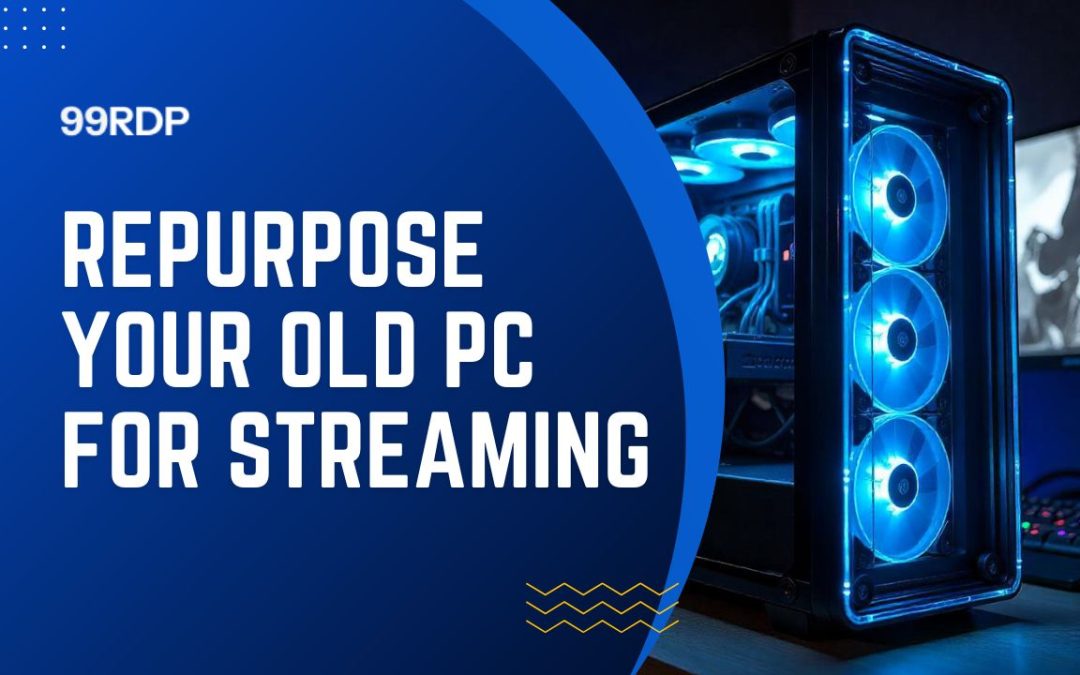Reaction time, the interval between perceiving a stimulus and responding to it, is a fundamental aspect of human cognitive and motor function. Measured typically in milliseconds using specialized tests or simple computer-based tasks, reaction time reflects how quickly our nervous system processes information and executes a response.
In everyday life, reaction time influences our ability to make split-second decisions—whether dodging a falling object, braking when a pedestrian steps onto the road, or catching a ball. It plays a crucial role in activities demanding quick responses and accurate judgments, seamlessly integrating into our daily routines.
This article explores how reaction time impacts both gaming and real-world scenarios, supported by scientific insights and practical examples, illustrating that improving reaction speed can enhance performance across diverse contexts.
Table of Contents
- The Science Behind Reaction Time
- Reaction Time in Gaming: A Critical Skill
- Educational Insights: Using Gaming to Enhance Reaction Time
- Reaction Time in Daily Life: Practical Applications
- Cultural and Historical Perspectives
- Modern Examples and Innovations
- Non-Obvious Factors Affecting Reaction Time
- Bridging the Gap: Practical Improvement Strategies
- Conclusion
The Science Behind Reaction Time
Reaction speed is governed by complex neurological and physiological processes. When a stimulus appears—such as a visual cue or a sound—sensory receptors transmit signals through neurons to the brain’s processing centers. The brain then interprets the information and initiates a motor response, such as pressing a button or moving a joystick.
Several factors influence this process: myelination of nerve fibers accelerates signal transmission, while neurotransmitter efficiency affects processing speed. Additionally, individual differences in neural circuitry result in variability in reaction times across people.
Research shows that reaction times are affected by age, fatigue, and training. As we age, neural conduction slows, leading to increased response times. Conversely, targeted training and cognitive exercises can reduce reaction times, demonstrating the brain’s plasticity.
Stimulus-response compatibility—the degree to which a stimulus naturally maps onto a response—also impacts reaction efficiency. For instance, a rightward arrow prompting a right button press is processed faster than an arbitrary or confusing stimulus-response pairing.
Reaction Time in Gaming: A Critical Skill
In competitive gaming, especially in genres like first-person shooters and rhythm-based games, reaction time often determines the difference between victory and defeat. Fast reflexes enable players to respond swiftly to opponents’ moves or sudden in-game events, such as ambushes or environmental hazards.
For example, in a fast-paced shooter, a millisecond advantage can mean the difference between shooting an enemy first or being shot. Similarly, rhythm games like Dance Dance Revolution or Guitar Hero rely heavily on players’ reaction speed to hit notes accurately in sync with music.
Empirical studies suggest that professional gamers often have reaction times approximately 20-30 milliseconds faster than casual players. Improving reaction speed through training can thus significantly elevate gaming performance, enabling more precise aiming, quicker dodging, and faster decision-making.
Educational Insights: Using Gaming to Enhance Reaction Time
Modern games like incl. min/max bets serve as engaging tools for reaction training. They provide immediate feedback and adjustable difficulty levels, making them effective for cognitive development beyond entertainment.
For example, Chicken Road 2 exemplifies how simple, fast-paced gameplay can sharpen reflexes. Such games balance entertainment with skill-building, encouraging players to improve reaction times through repeated, focused play.
Practical steps for gamers include setting specific training goals, gradually increasing game speed, and incorporating reaction drills into daily routines. Combining gameplay with other cognitive exercises can lead to measurable improvements in real-world reaction speed.
Reaction Time in Daily Life: Practical Applications
Driving and Road Safety
A driver’s reaction time is critical when responding to sudden hazards, such as a pedestrian stepping onto the road or another vehicle braking abruptly. Studies indicate that average reaction times for drivers are around 250 milliseconds, but this can increase with fatigue, alcohol, or distraction, significantly raising accident risk.
Sports and Physical Activities
Athletes rely on quick reflexes for successful performance—whether catching a ball, avoiding tackles, or timing a jump. Training regimens often include reaction drills, such as light-based cue exercises, to enhance their responsiveness.
Everyday Multitasking and Emergency Responses
In daily multitasking, a quick reaction can prevent accidents, like catching a falling object or responding to an emergency call. Developing faster responses can improve safety and efficiency in routine activities.
Cultural and Historical Perspectives on Reaction Time
Reaction time has long fascinated popular culture. For instance, in the 1999 animated TV show Family Guy, a rooster antagonist was used to depict exaggerated reflexes, reflecting societal perceptions of quick reactions as a humorous and desirable trait.
Society often elevates quick reflexes in sports heroes, gamers, and military personnel, shaping training norms and expectations. This cultural emphasis fuels continued research and development of reaction training tools.
Modern Examples and Innovations
Mobile and online games like Crossy Road (Hipster Whale, 2014) challenge players’ reaction speeds by demanding quick decision-making in unpredictable scenarios. Such games contribute to casual reaction training accessible to all ages.
Virtual reality (VR) and augmented reality (AR) are revolutionizing reaction time assessment. VR training modules simulate real-life hazards, allowing users to practice responses in immersive environments, which research shows can lead to faster real-world reactions.
Artistically, symbols like Pink Floyd’s flying pig above Battersea evoke perception and reaction themes, illustrating how cultural artifacts reflect our understanding of sensory processing and response.
Non-Obvious Factors Affecting Reaction Time
- Psychological states: Stress, anxiety, and lack of focus can slow reaction times. Mindfulness and stress reduction techniques have shown to improve responsiveness.
- Sleep and nutrition: Poor sleep quality or inadequate nutrition impair neural functioning, leading to slower responses.
- Future research: Advances in personalized training and neurofeedback aim to optimize individual reaction capabilities based on genetic and physiological profiles.
Bridging the Gap: From Reaction Time Theory to Practical Improvement
Measuring reaction time can be done through simple online tests or specialized devices, providing data to track progress over time. Consistent monitoring helps in setting realistic goals and tailoring training strategies.
Effective strategies include:
- Reaction drills: Using apps or games that progressively increase speed or complexity.
- Physical exercises: Activities like table tennis or martial arts develop quick reflexes.
- Mindfulness practices: Enhancing focus and reducing reaction delays caused by distraction.
Recognizing individual differences, such as age or baseline reaction times, is essential for setting achievable goals and maintaining motivation.
Conclusion
“Reaction time is more than milliseconds—it’s a window into our neural efficiency, impacting everything from gaming victories to everyday safety.”
Understanding and improving reaction time offers tangible benefits across diverse facets of life. Whether through engaging games like incl. min/max bets, sports, or safety protocols, fostering quicker responses enhances performance and well-being.
Mindful training, technological innovations, and a deeper grasp of underlying factors can help individuals optimize their reaction speeds. Embracing continuous learning and adaptation remains key to staying responsive in an ever-changing environment.



